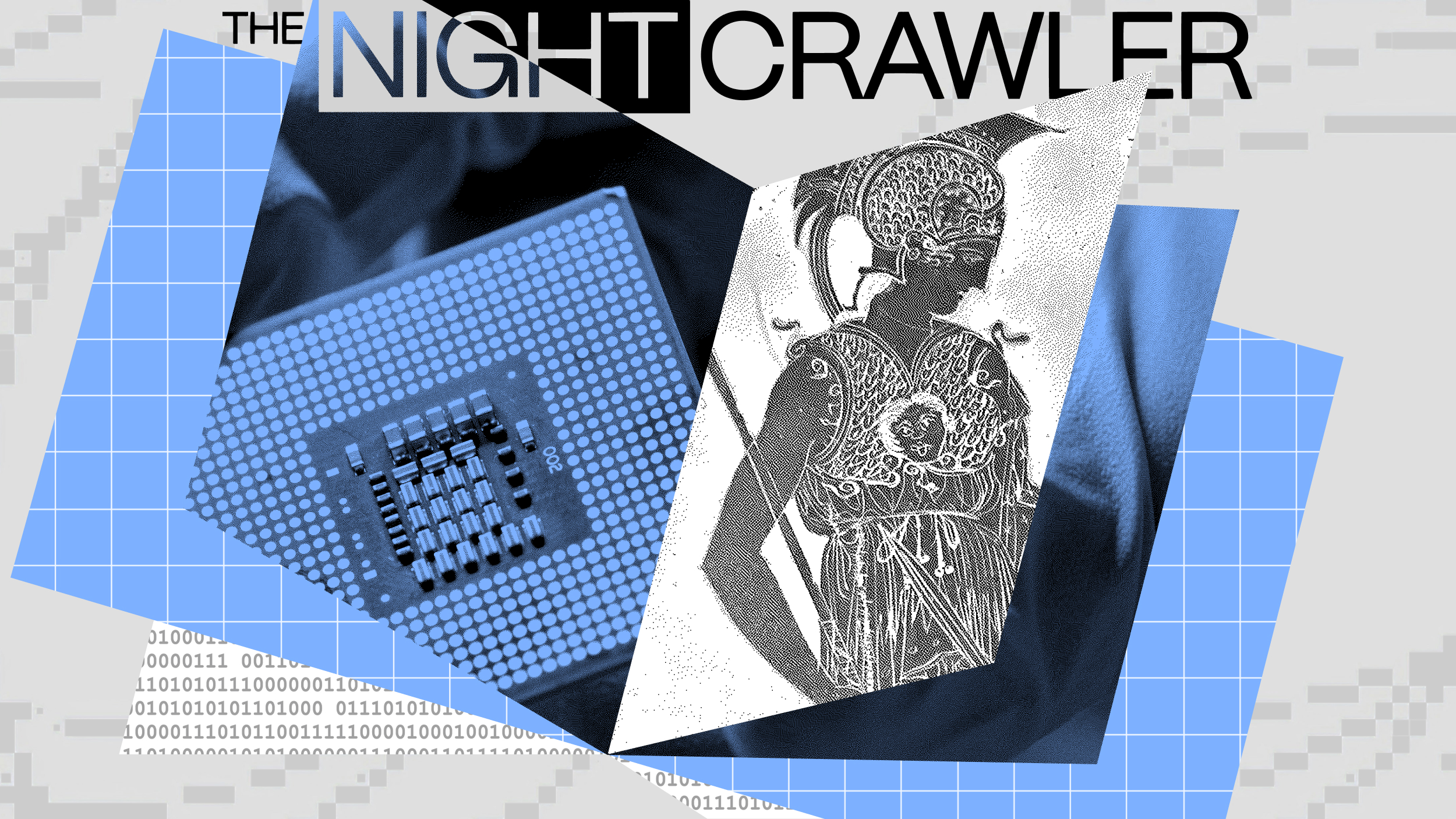The Brand Idea: From Unity, Strength

Anxiety is not productive. The communications industry suffers from an existential crisis wrought by technological change. Standards have been upended, and the digital world — a universe of bits and bytes, atomistic fragmentation that mocks the past — is all variables, no constants.
There is a growing divide between hi-tech “cool kids” and advocates of conventional brand-building. Some call advertising agencies “legacy companies,” dinosaurs on the cusp of extinction. Will the traditionalists be out-maneuvered by a new breed of digital natives?
Let’s take a deep breath. Digital and traditional realms are yin and yang, co-dependent. Brands that lack relevant propositions — ideas born of conceptual craftsmanship — evaporate. Failure to harness technology that deepens “engagement” kills loyalty and profit margins.
The $250 billion spent on television globally suggests broadcast media is not going to fade away. And search engine advertising, as well as expenditures on other digital platforms, will continue to boom.
The battle between old and new must end. It’s time to achieve a harmony of opposites: between the clarity of positioning and the dynamism of consumer engagement; between long-term brand equity and short-term tactical messaging; and between emotional relevance and results driven by data-driven technology.
Traditional brand-building is top-down, articulated by the manufacturer and fueled by message clarity and deep understanding of consumers’ motivations. The new opportunities offered by technology are bottom-up, unpredictable, on the street — of, by, and for the people.
But can alignment between top-down and bottom-up marketing be attained?
Yes. If we go back to the future.
The “brand idea” — a commercial life force, a product’s soul, invisible but omnipresent — forges order from chaos across a shape-shifting digital brandscape. The brand idea—the long-term relationship between consumer and brand that remains steady yet evolves over time — resolves the tension between traditional brand-building and new opportunities unleashed by technology. And the brand idea — mutual and bilateral, inherently reciprocal — is the prerequisite for both consistent messaging and two-way engagement.
Some brands get it. Nike lives and breathes a “Just do it” spirit. Everywhere. Axe deodorant promises “irresistible attraction” to guys looking to score. Everywhere. And Coca-Cola transcends the physical plane of quenching thirst to embody “moments of happiness.” Everywhere.
LEGO, a brand that has celebrated creativity since 1932, is sublime. Every manifestation of LEGO’s brand idea, “inspiring the builders of tomorrow,” strengthens brand equity. The company’s retail outlets are designed spaces for family “building” events and kid-friendly exploration areas. LEGOland encourages kids to open their imaginations at construction sites that dot the theme parks. To the tune of almost $500 million in global ticket sales, the 2014 film The LEGO Movie is perhaps the most successful – and thematically grounded — branded entertainment in recent years.
Google, the ultimately twenty-first-century power brand, is unified by experiences that breathe life into its implicit brand idea, “bringing the world together through technology.” Every piece of information generated by an online search is associated with the warm glow of Google. In the process, the company’s proprietary tools—airline status, mapping, street view, auto correct, even Google Glasses—are demonstrated.
Google’s vivid relationship with consumers stands in marked contrast to erstwhile Japanese titans such as Sony, Panasonic and Hitachi. It is probably no coincidence that these brands, now tech also-rans, never had clear brand ideas. Samsung, the Korean behemoth looks increasingly vulnerable to low-price competition from China. Samsung does not really have a brand idea either.
Advertising leaders should remove barriers to conceptual and technological holism. First, let’s cut the “been there, done that” eye-rolls about relevant propositions rooted in consumer insight. Ideas that stand the test of time are not quaint. Yes, the digital realm presents exciting challenges. But in that excitement it’s too easy to forget about the consumers themselves—the desires that drive them and the role brands play in their lives. Publicis Worldwide, for example, wants brands to “lead the change.” But what change? What is their north star?
Second, it’s time to construct new bridges of collaboration. The old fashioned partnership between copywriter and art director is approaching its sell-by date. But let’s not throw out the baby with the bath water. One suggestion from R/GA’s Chief Creative Officer Nick Law: agencies should be populated with pairs of “conceptual distillers” and “systemic designers.” The former ensures thematic focus. The latter enables a full range of three-dimensional experience to blossom.
It will be easier to raise advertising’s game if we have enough confidence to embrace the timelessness of marketing. Marketers have always been consumer advocates; they will always be idea masters. And that’s not just reassuring—it is something to be proud of.
Tom Doctoroff is Asia CEO for J. Walter Thompson, and author of Twitter is Not a Strategy: Rediscovering the Art of Brand Marketing (November 2014; Palgrave Macmillan) and two prior best-selling books on Chinese consumers, Billions: Selling to the New Chinese Consumer and What Chinese Want.





